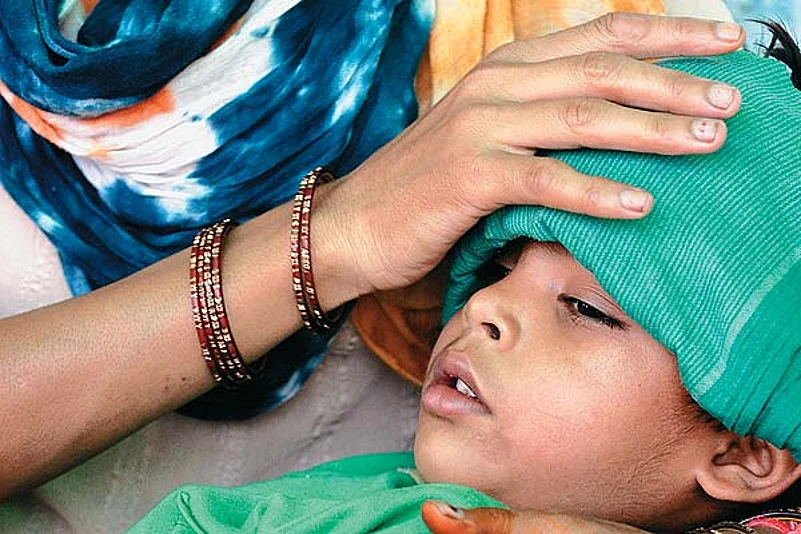In The Top Five
- The G-finder report says India, SA and Brazil among top five funders of R&D for neglected diseases
- India displaced large government donors like Ireland, Belgium and the Netherlands
India spent about Rs 160 crore - There are 31 neglected diseases worldwide, including pneumonia, meningitis, leprosy and dengue
***
For once, India finds itself in a top five global list— and it’s of those nations spending on R&D in neglected diseases like leprosy, dengue and meningitis. Historically, global health R&D has been driven by industrialised countries, but the latest G-Finder annual survey by the George Institute for International Health, Australia, found that developing countries have increased their share in the pie.
The institute surveyed 208 organisations in 44 countries for work on 31 neglected diseases and found that “Brazil, South Africa and India invested Rs 360 crore in R&D for neglected diseases. These investments were directed to diseases that have not been traditionally favoured by high-income funders”. The report also found that while some developing countries have increased spending, some others (that previously were large government donors) have decreased funding. These include Ireland, Belgium and the Netherlands.
Dr Mary Moran of the institute, who authored the report, says, “These are tough economic times, but in a first, we are seeing that for some neglected diseases, the traditional reliance on charitable funding and donor aid is being replaced by domestically driven R&D.” She says this is good news for new medicines and diagnostics in countries like India, Brazil and South Africa.
The report also found that the driving force behind the investments in India were a handful of central agencies, such as the Indian Council for Medical Research (ICMR), the department of biotechnology (DBT), the department of science and technology (dst) and the Council of Scientific and Industrial Research (CSIR). “The G-finder survey report puts India as the fifth largest public funder of neglected diseases with the ICMR providing 60 per cent of it. Visceral leishmaniasis and leprosy are amongst the most neglected diseases, and we must further improve our research funding to find new tools to combat them,” says Dr V.M. Katoch, secretary, department of health, and director-general, ICMR.
The total funding for neglected diseases in 2008 was about Rs 14,000 crore. While the US government has been the greatest contributor, providing 67 per cent of the total public funding, the European Commission and European governments together contributed 22 per cent. Innovative developing countries such as India, Brazil and South Africa accounted for 2.6 per cent of the total public spending.
In this too, not all neglected diseases fared equally in 2008. Diseases such as leprosy, rheumatic fever, trachoma and Buruli ulcer received the least amount (0.4 per cent) of global funding. Other neglected diseases like diarrhoeal diseases, salmonella infections, dengue and others received around 1-5 per cent. Among the diseases that received the bulk of funds were bacterial pneumonia, meningitis and helminthes infections.
Reflecting on the trends, the report points out the growing research strength and pharmaceutical markets in India and Brazil. The downside, though, was that research in diseases of African origin, like sleeping sickness and helminthes infections, continues to depend on donors, who provide more than 85 per cent of the research funds. As Dr Moran puts it, “This is good news for new medicines and diagnostics in India, Brazil and South Africa. But in sub-Saharan Africa, where there is still no market, they will have to rely heavily on donors and philanthropists for some time yet.”


























